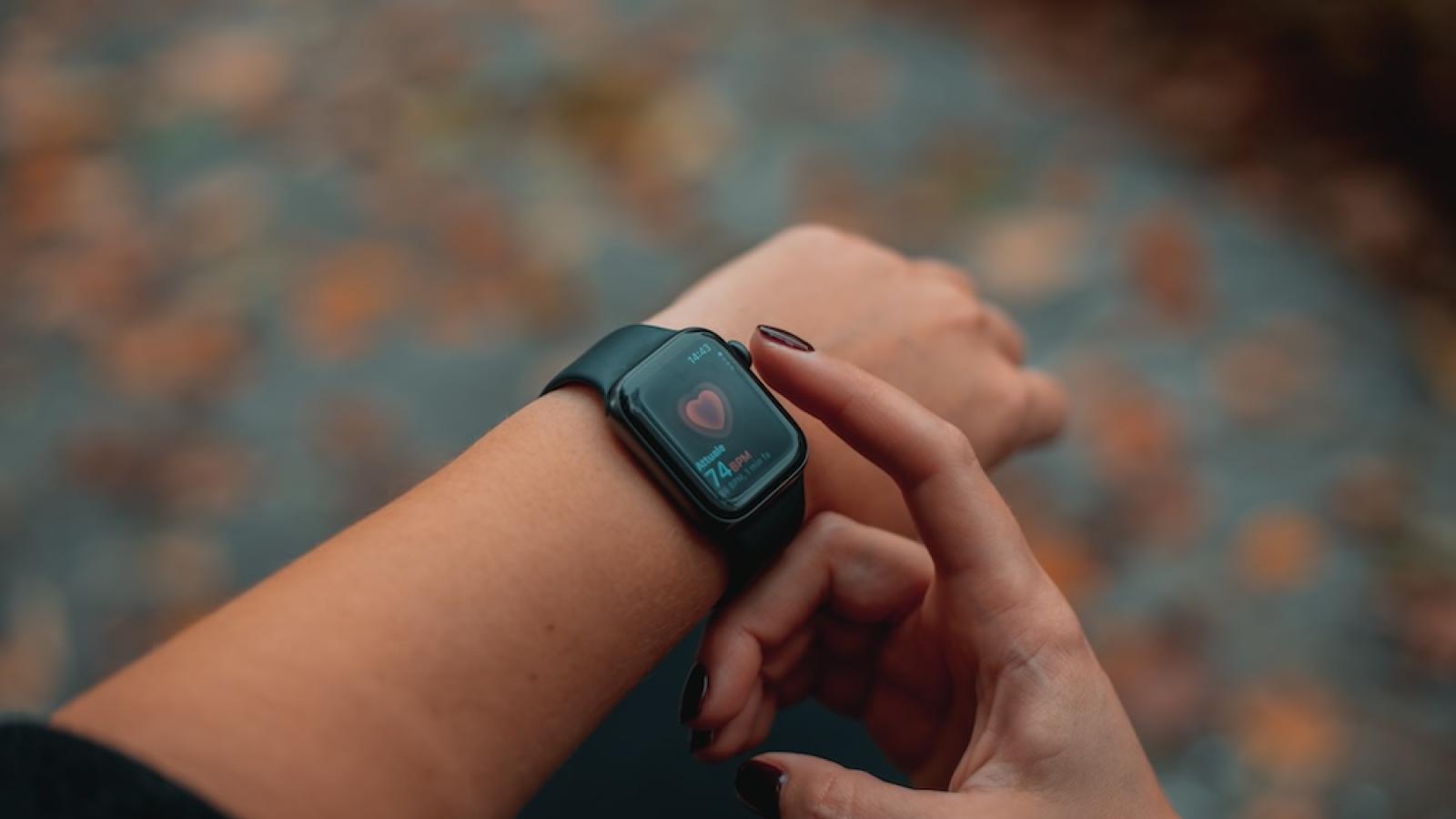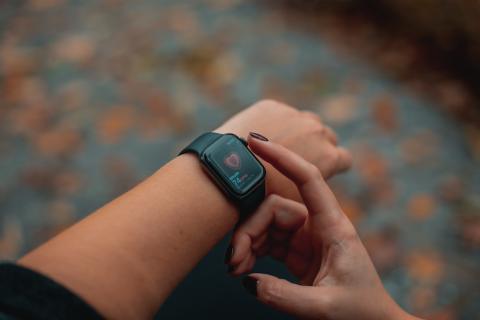Research led by Dr Cynthia Sandor (Group Leader at the UK DRI at Imperial and Edmond and Lily Safra Assistant Professor) shows that long-term data from smartwatches can detect early brain changes linked to Parkinson’s disease – including dopamine dysfunction and build-up of misfolded α-synuclein – with higher sensitivity than established clinical scoring systems. The study, published in eBioMedicine, highlights the potential of wearable technology for earlier, more accessible, and cost-effective detection of Parkinson’s risk.
What was the challenge?
Previous research from the Sandor Lab had shown that wearable devices can detect Parkinson’s years before diagnosis using movement data. But until now, data from smartwatches had not been directly compared to gold-standard biological markers – such as specialist scans known as dopamine transporter imaging (DaTscan), and cerebrospinal fluid tests for misfolded α-synuclein, a hallmark of Parkinson’s – or to clinical risk scores.
What did the team do and what did they find?
In this study, researchers used data from the Parkinson’s Progression Markers Initiative (PPMI), a major international research project led by the Michael J. Fox Foundation, where participants wore Verily smartwatches for an average of 16 months. The devices passively recorded wearer’s sleep patterns, heart rate and physical activity.
The team developed a digital risk score using this smartwatch data and tested its ability to differentiate individuals with Parkinson’s from healthy controls. They also compared their score to existing risk scores, such as the Movement Disorder Society (MDS) research criteria score. They then applied the score to an independent group of at-risk individuals (with genetic variants or early symptoms) and compared the results to the DaTscan, and spinal fluid test results.
The digital score correlated with both clinical and biological markers, and showed higher sensitivity for detecting early signs of Parkinson’s-related pathology than the MDS criteria. When combined with smell testing (hyposmia, a common early symptom of Parkinson’s), the digital score identified over 80% of individuals with abnormal brain scans or spinal fluid markers.
Our findings suggest that everyday smartwatch data could help flag early signs of Parkinson’s long before a clinical diagnosis is made. The accuracy of this data is on par with the current standard tests, which can be expensive and invasive. This kind of digital monitoring could be a game-changer — offering a simple, non-invasive way to screen those most at risk and helping to guide who should receive more definitive testing.
Group Leader
What is the impact?
The digital risk score using smart watch data could in future be used as a simple, non-invasive way to screen people who may be at risk of Parkinson’s. This could help identify who needs more detailed testing, making early diagnosis faster, easier, and cheaper.
Reference: Schalkamp AK, Peall KJ, Harrison NA, Escott-Price V, Barnaghi P, Sandor C. Wearables-derived risk score for unintrusive detection of α-synuclein aggregation or dopaminergic deficit. EBioMedicine. 2025 Jun 5;117:105782. doi: 10.1016/j.ebiom.2025.105782.

